GPCR/G protein

All GPCRs share a common seven trans-membrane structure. GPCRs are associated with heterotrimeric G-proteins which are GTP-binding proteins made of alpha, beta, and gamma subunits. When a ligand binds to GPCR, it activates the attached G-protein, the GDP is replaced with GTP. The activated G-protein then dissociates into an alpha and a beta-gamma complex which activates downstream signaling pathways. These intracellular signaling pathways include cAMP/PKA, calcium/NFAT, phospholipase C, protein tyrosine kinases, MAP kinases, PI-3-kinase, nitric oxide/cGMP, Rho, and JAK/STAT.
GPCRs are one of the most important therapeutic targets for various diseases, over 30% of all modern medicinal drugs target this family. Aberrant GPCR functions are involved in pathological conditions such as neurological, immunological and hormonal disorders. A large number of GPCRs have been identified, but whose ligands are not known, are classified as orphan receptors.
-
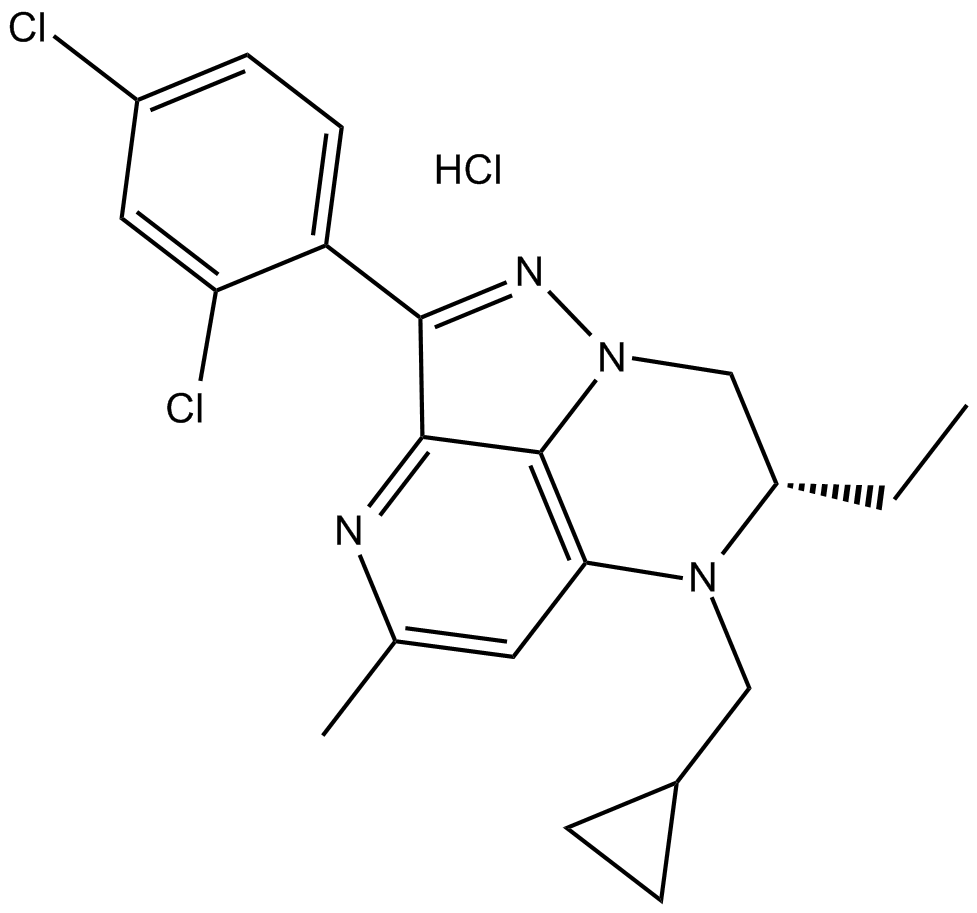 B7275 NBI 35965 hydrochlorideTarget: CRF1 ReceptorsSummary: CRF1 antagonist
B7275 NBI 35965 hydrochlorideTarget: CRF1 ReceptorsSummary: CRF1 antagonist -
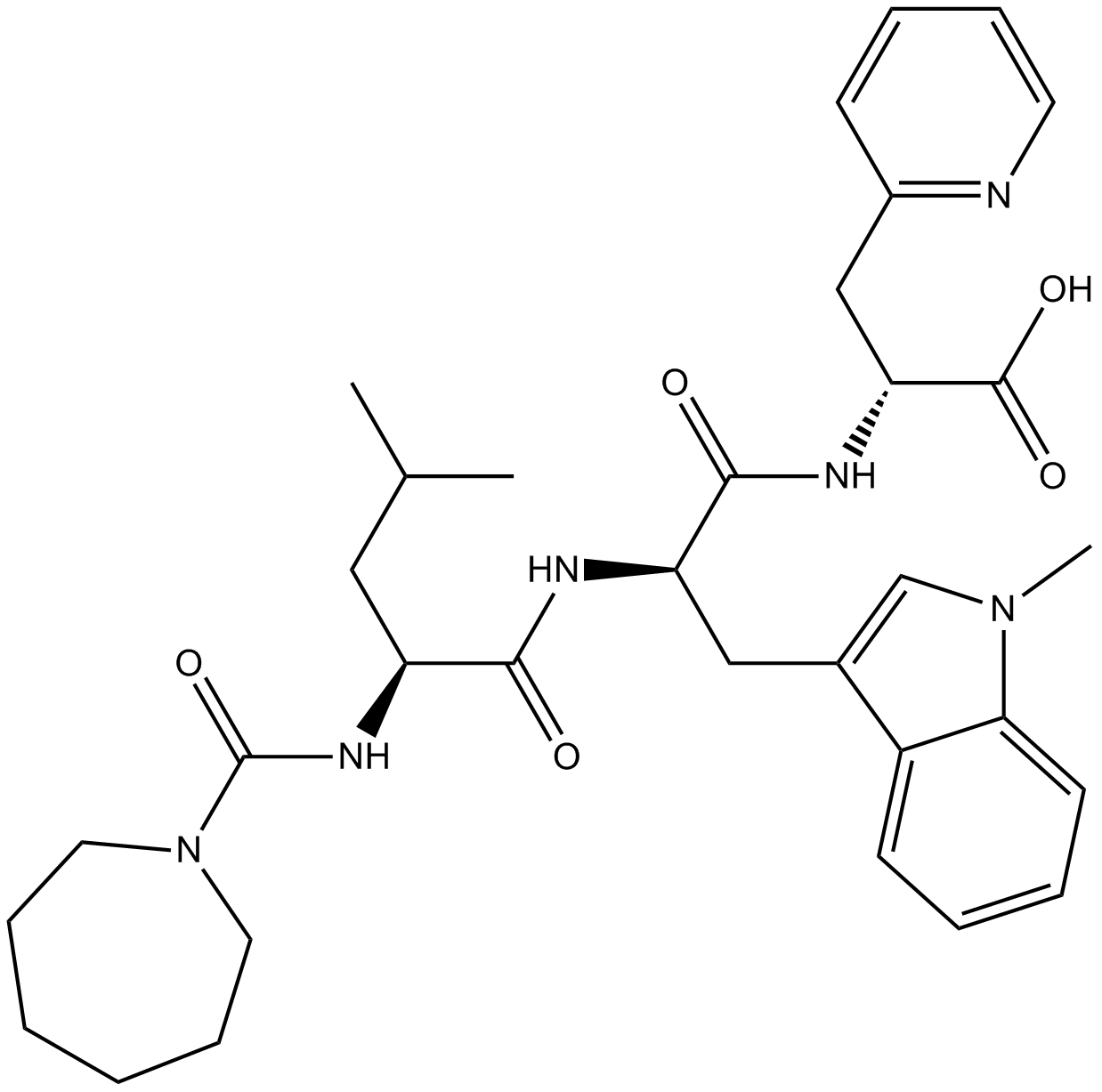 B5082 FR 139317Target: endothelin receptorSummary: highly potent and selective ETA endothelin receptor antagonist
B5082 FR 139317Target: endothelin receptorSummary: highly potent and selective ETA endothelin receptor antagonist -
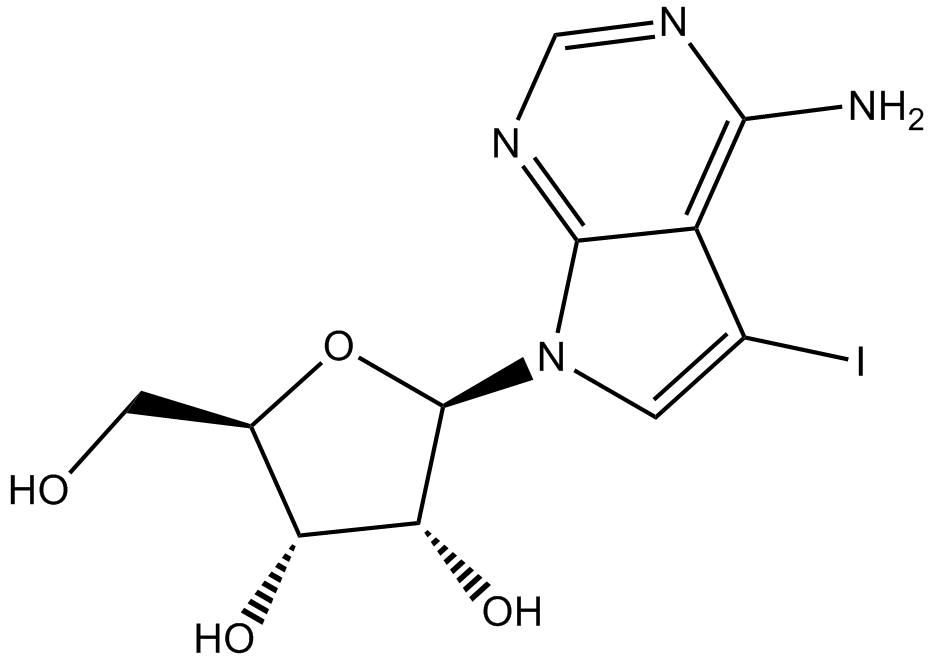 A3125 5-IodotubercidinTarget: Adenosine KinasesSummary: Adenosine kinase inhibitor,potent
A3125 5-IodotubercidinTarget: Adenosine KinasesSummary: Adenosine kinase inhibitor,potent -
 A3170 AM9662 CitationTarget: LPA ReceptorsSummary: LPA1 antagonist, oral active, high affinity, selective,
A3170 AM9662 CitationTarget: LPA ReceptorsSummary: LPA1 antagonist, oral active, high affinity, selective, -
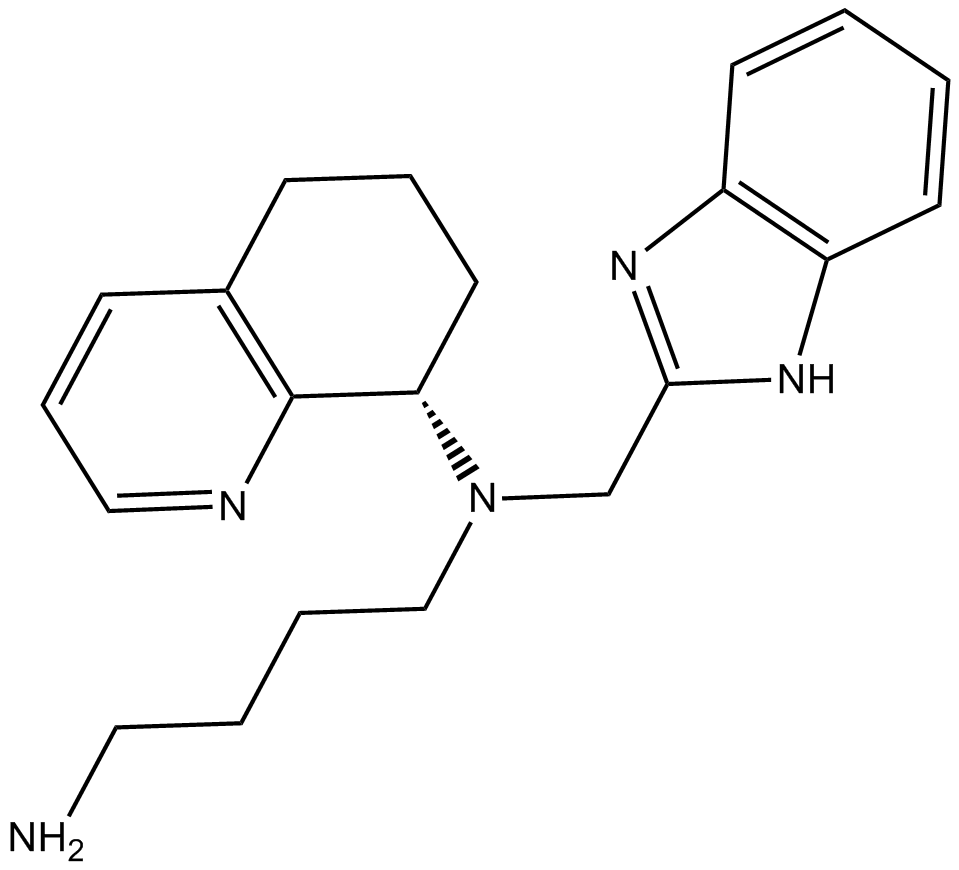 A3173 AMD-070Target: CXCRSummary: CXCR4 antagonist,potent and selective
A3173 AMD-070Target: CXCRSummary: CXCR4 antagonist,potent and selective -
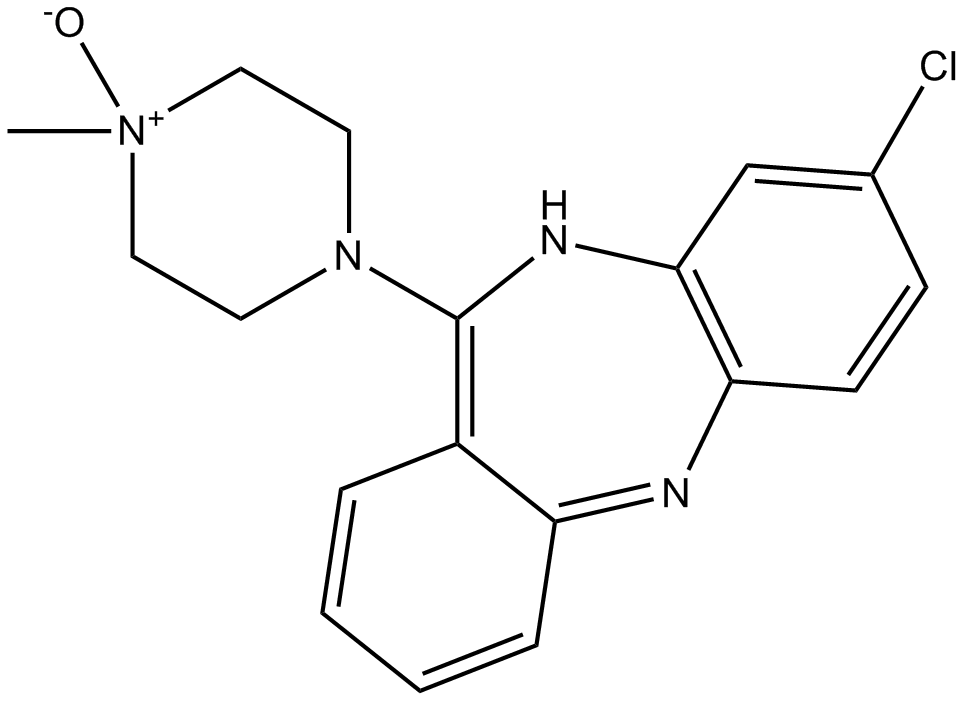 A3317 Clozapine N-oxide (CNO)1 CitationTarget: DREADD LigandsSummary: Metabolite of clozapine, used in chemogenetics.
A3317 Clozapine N-oxide (CNO)1 CitationTarget: DREADD LigandsSummary: Metabolite of clozapine, used in chemogenetics. -
 A3408 Exendin-4Target: Glucagon-like peptide 1 (GLP-1) receptorsSummary: GLP-1 activator
A3408 Exendin-4Target: Glucagon-like peptide 1 (GLP-1) receptorsSummary: GLP-1 activator -
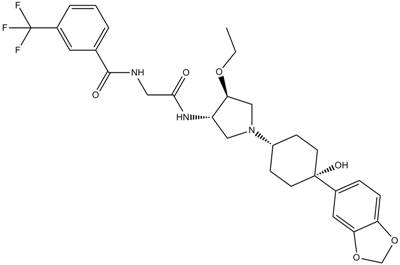 A3494 INCB3344Target: CCRSummary: CCR2 chemokine receptor antagonist
A3494 INCB3344Target: CCRSummary: CCR2 chemokine receptor antagonist -
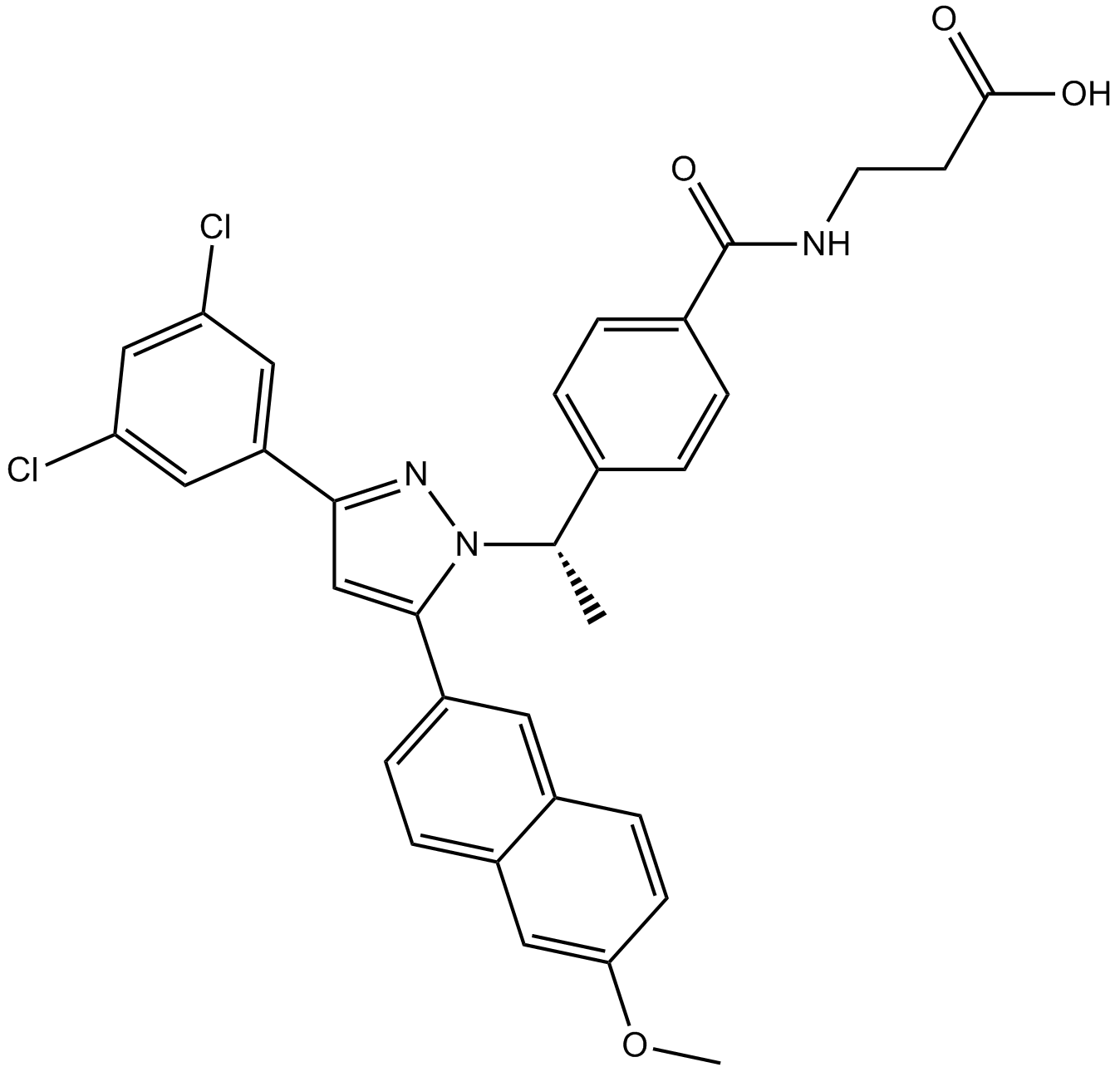 A3608 MK 0893Target: Insulin and Insulin-like Receptors|Glucagon ReceptorsSummary: Glucagon receptor/IGF-1R antagonist
A3608 MK 0893Target: Insulin and Insulin-like Receptors|Glucagon ReceptorsSummary: Glucagon receptor/IGF-1R antagonist -
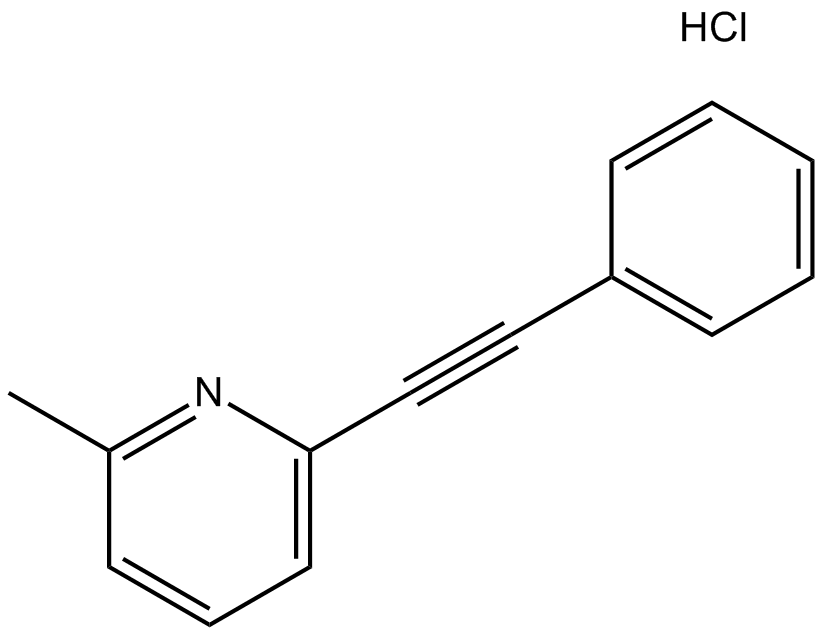 A3633 MPEP HydrochlorideTarget: Glutamate (Metabotropic) Group I ReceptorsSummary: MGlu5 receptor antagonist
A3633 MPEP HydrochlorideTarget: Glutamate (Metabotropic) Group I ReceptorsSummary: MGlu5 receptor antagonist

